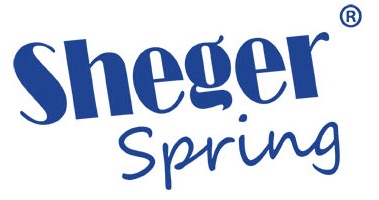Just what exactly could come next when it comes to regulations regulating those loan providers is uncertain.
The number that is total of loan providers could be tough to monitor, but Pew’s December report shows Ohio has significantly more than 650 cash advance storefronts in 76 counties. At the very least 66% are run by out-of-state businesses.
Meanwhile, a November 2015 report by the nonprofit Center for Responsible Lending estimated Ohio had been house to 836 storefronts that supplied either pay day loans, automobile name loans or both. All combined, the sector earned at the very least $502 million in only loan charges. That’s more than double the amount from ten years prior, in accordance with the research.
Nick Bourke, manager of Pew’s customer finance system, stated lenders are “clearly a drag in the economy that is local simply because they drain millions from consumers’ pouches.
Pew suggests Ohio follow a system just like the one in Colorado where traditional payday that is two-week had been changed by six-month-installment loans with reduced costs. Here, the typical $300 loan paid back over five months carried $172 in costs — as when compared to $680 in costs in Ohio. Bourke said studies have shown a business declare that legislation would put those loan providers away from business merely has not started to pass there.
Based on the Pew research, Bourke tips down, credit access stays widely accessible here. Normal loan re payments consume just about 4% of a debtor’s next paycheck. Sufficient reason for a clear pathway out of financial obligation, 75% of these loans in Colorado are paid back early.
“Each year, borrowers for the reason that state save significantly more than $40 million, which extends back in to the state’s economy,” Bourke stated. More
